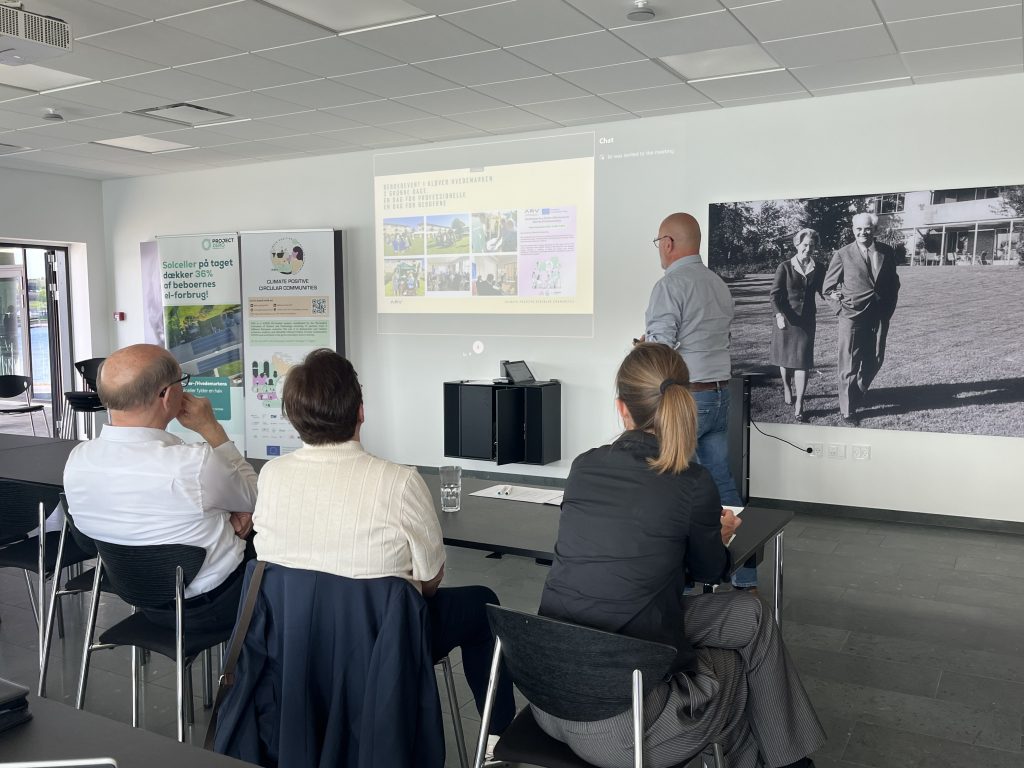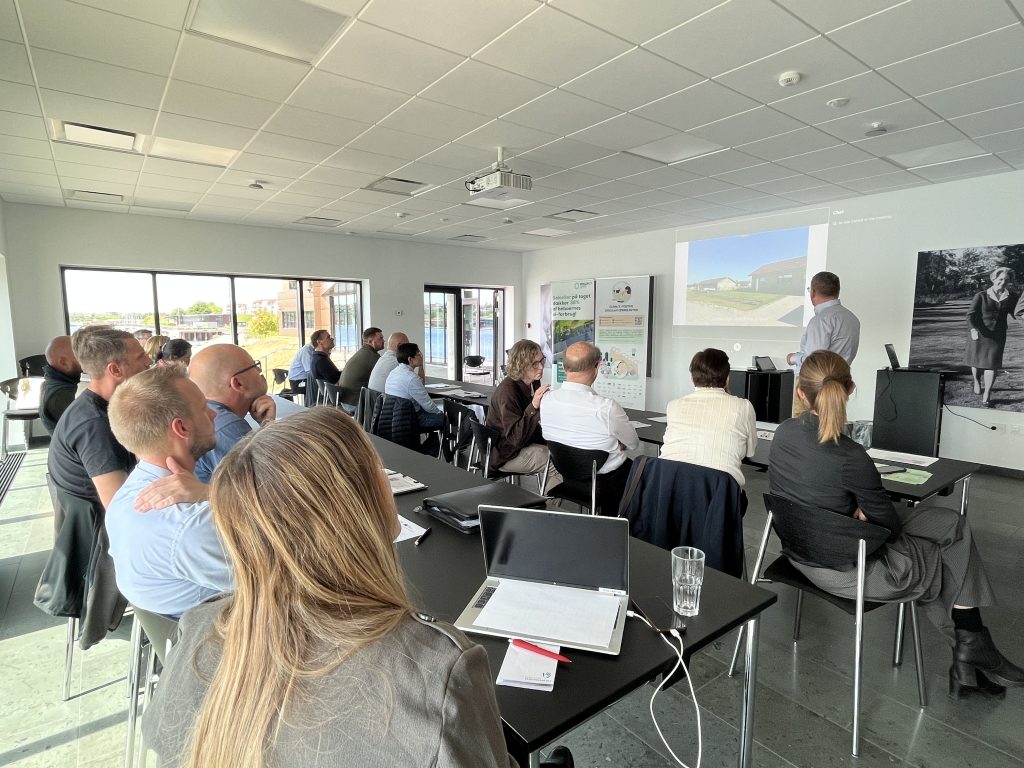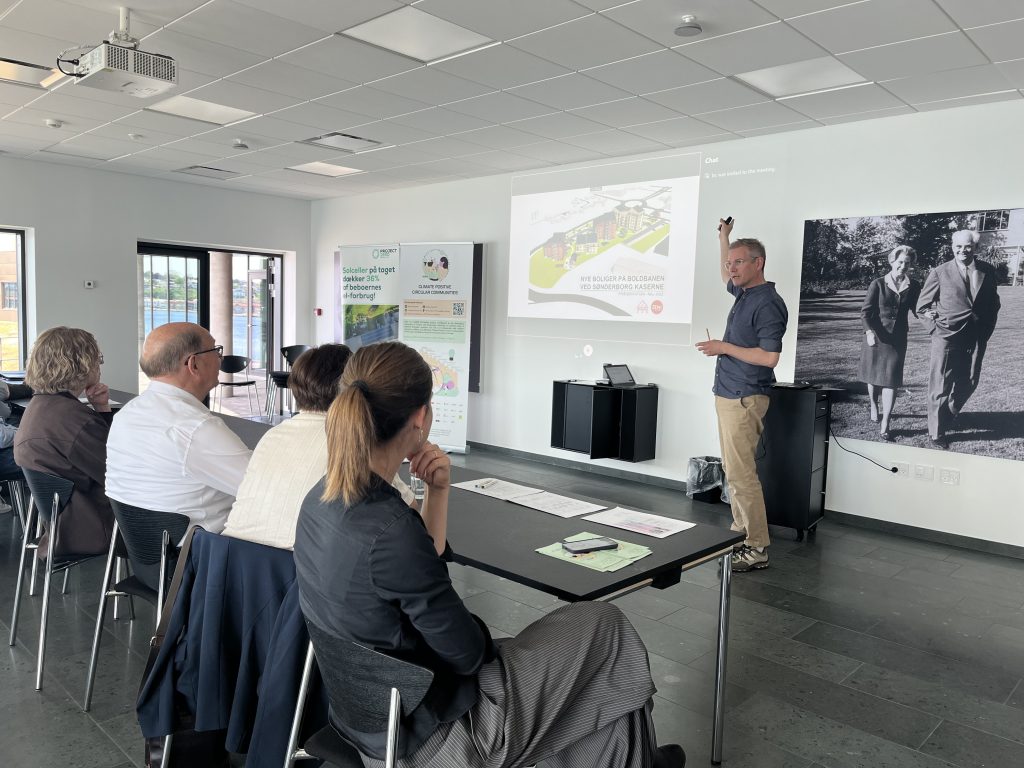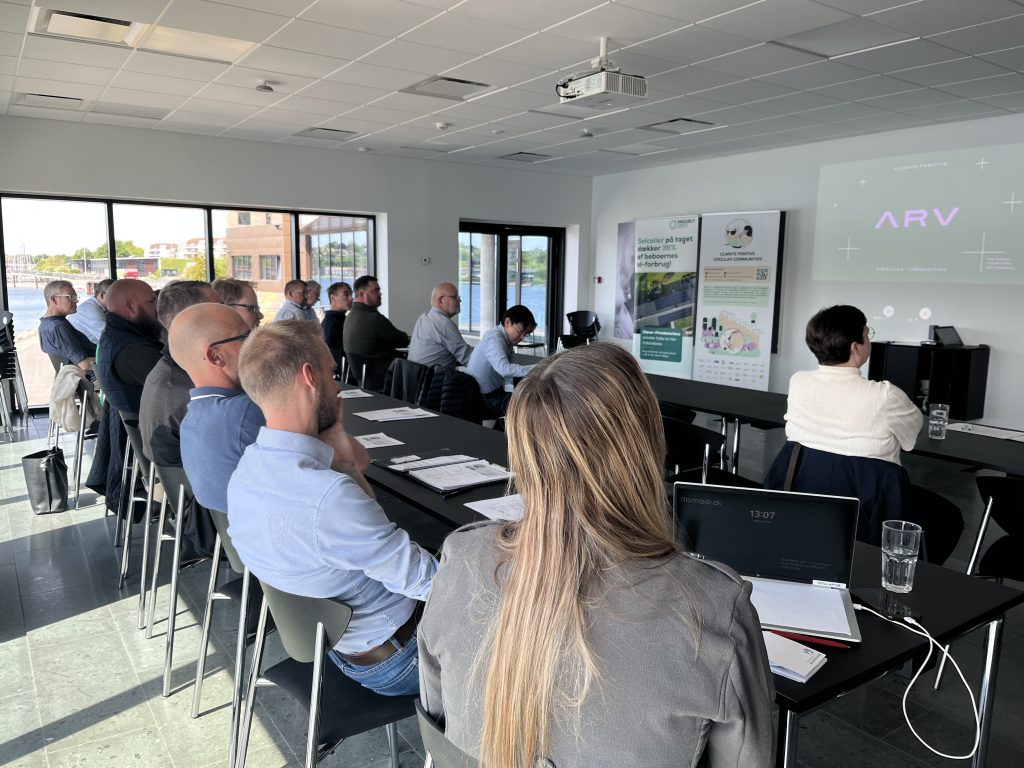Who are We?
As the energy transition becomes a central pillar of EU climate policy, the role of architecture in supporting this transformation is coming into sharper focus. On 19 May 2025, Sønderborg hosted the event “Architects as Facilitators of the Energy Transition: Insights from the ARV Experience”, bringing together experts, architects, and community leaders to explore how sustainable architecture can drive meaningful change.
Organised by ProjectZero—the Danish demonstration leader of the EU-funded ARV project—in collaboration with the Architects’ Council of Europe, this is the third workshop serving as a platform to exchange knowledge on how the built environment can promote low-carbon living and align with the New European Bauhaus (NEB) principles: beautiful, sustainable, and together.
The event opened with a presentation by the project coordinator Inger Andresen (NTNU), who introduced the ARV project and its mission to accelerate the renovation of buildings and neighbourhoods through replicable, climate-positive solutions.
A series of presentations followed, highlighting the innovative strategies being deployed in Sønderborg’s ARV demonstration projects. These include:
As our host Torben Esbensen from ProjectZero noted, “It is very important to secure a positive complicity from tenants to maintain planned energy reductions in buildings.”
Two other architects involved in the ARV demo projects—Rene Holm Schmidt (B&H Architects) and Torben Engsi Sørensen (Zeni Architects)—shared how architectural design and energy performance are being integrated in both completed and upcoming housing developments. These designs take as well into consideration the commitments to aesthetics and community wellbeing, reflecting the NEB goal to creating spaces that are not just efficient, but also aestethic and inclusive.
Following the presentations, participants boarded a bus tour to visit ARV demo sites, including SAB Dept. 22 and Dept. 75, and the Sønderborg Harbour area. These site visits offered hands-on insights into the low-energy buildings and infrastructure solutions currently being monitored.
At the harbour, Jan Petersen from BMC Foundations gave a tour of new zero-energy buildings, including the standout installation “Point of View”. These buildings demonstrate how architectural innovation can be harmonized with landscape, functionality, and climate goals.
Among the technical takeaways, Esbensen emphasized the importance of flexibility: “Flexible temperatures in district heating networks based on forecasts for weather conditions and demands can result in major energy savings.” He also noted that batteries are poised to become essential components in future PV systems, underscoring the need for adaptive energy infrastructure in buildings.
The workshop in Sønderborg offered more than just updates on technical innovation—it presented a compelling vision of how architects can act as facilitators of change in the energy transition. By designing spaces that prioritize both performance and people, architects can help drive systemic change and support the shift to climate-positive communities.





Subscribe to our Newsletter
Want to know more about the new generation of climate positive circular communities (CPCC)? Sign up to our bi-annual newsletter (no spam guaranteed)!